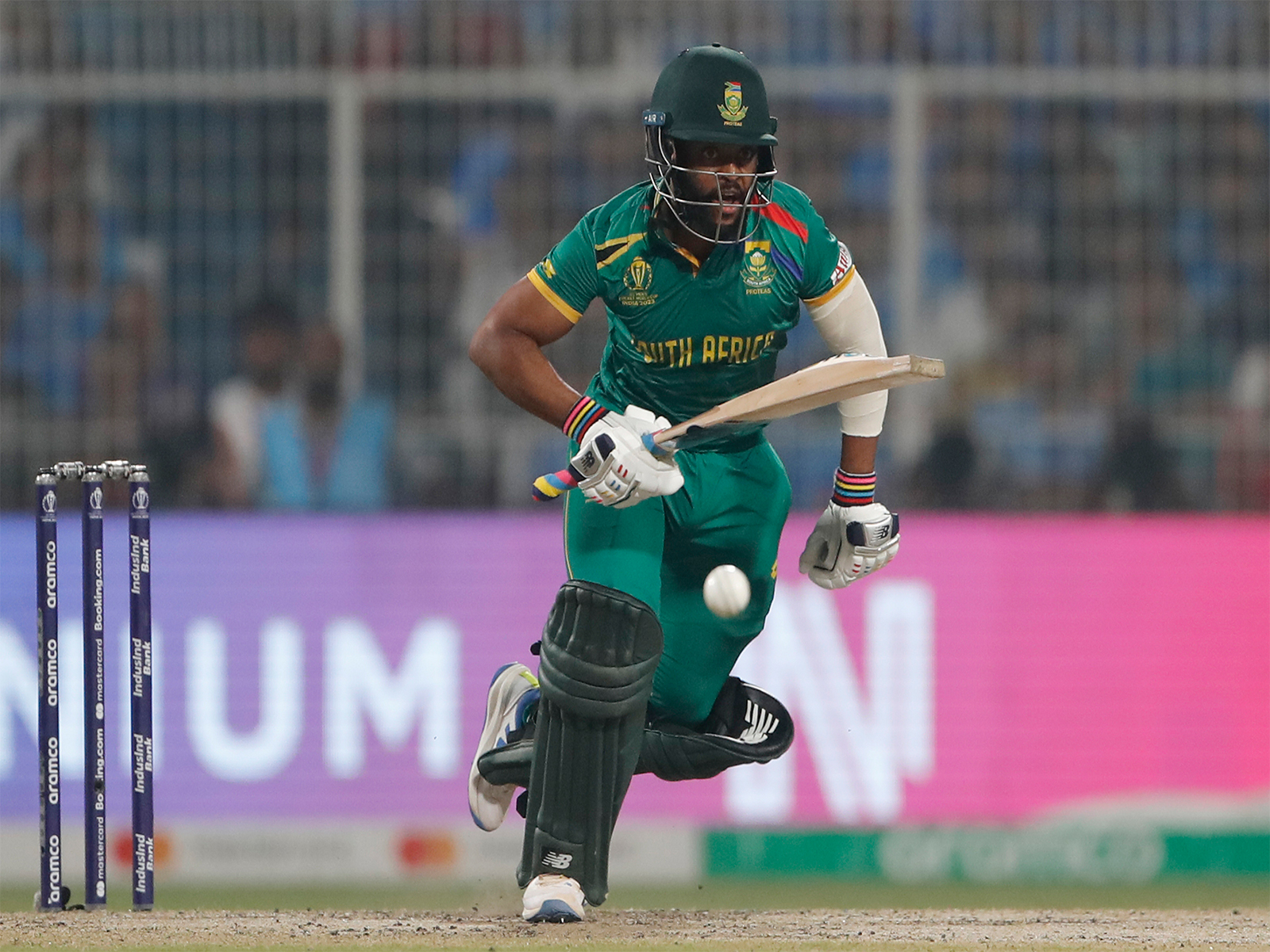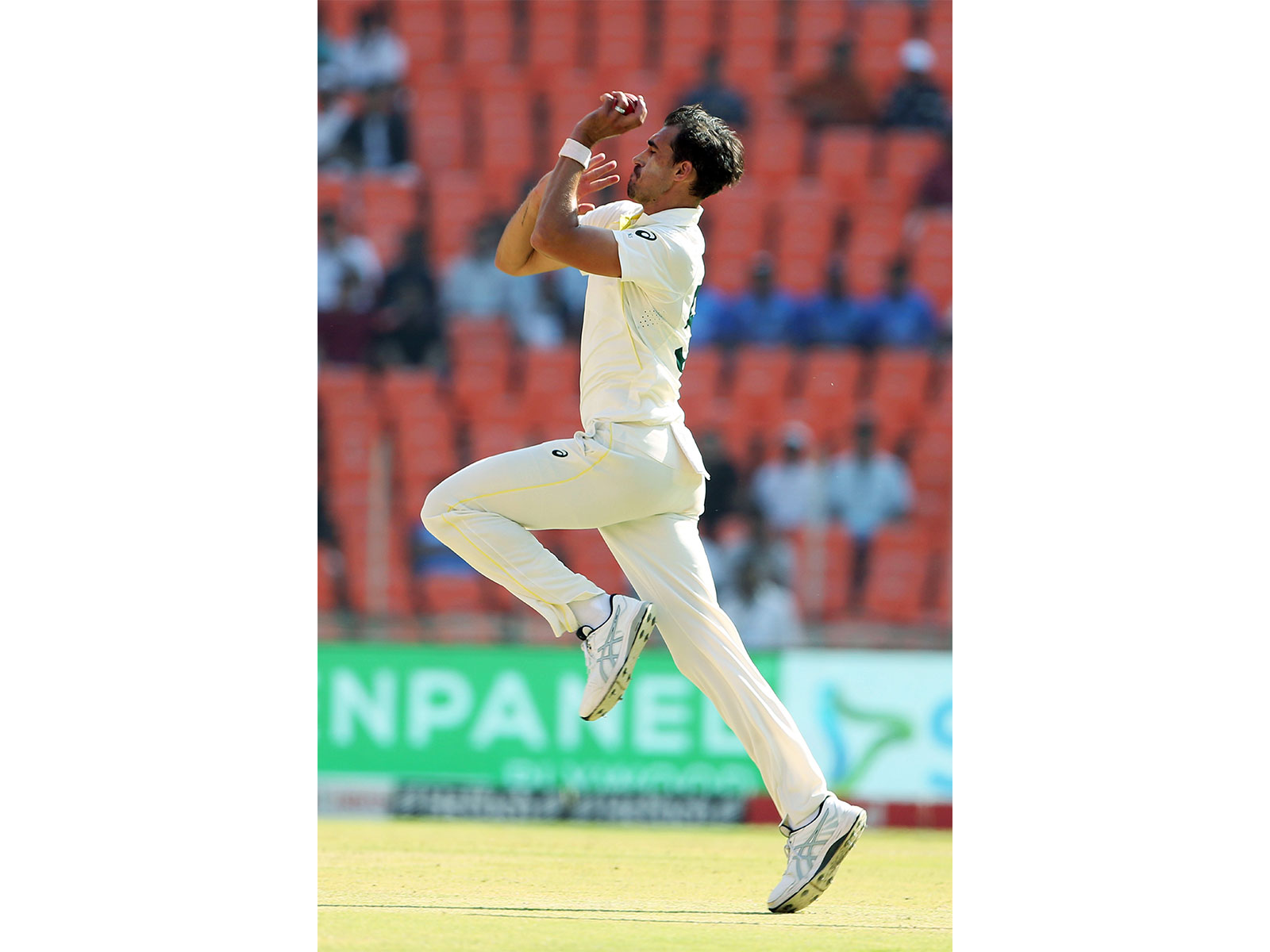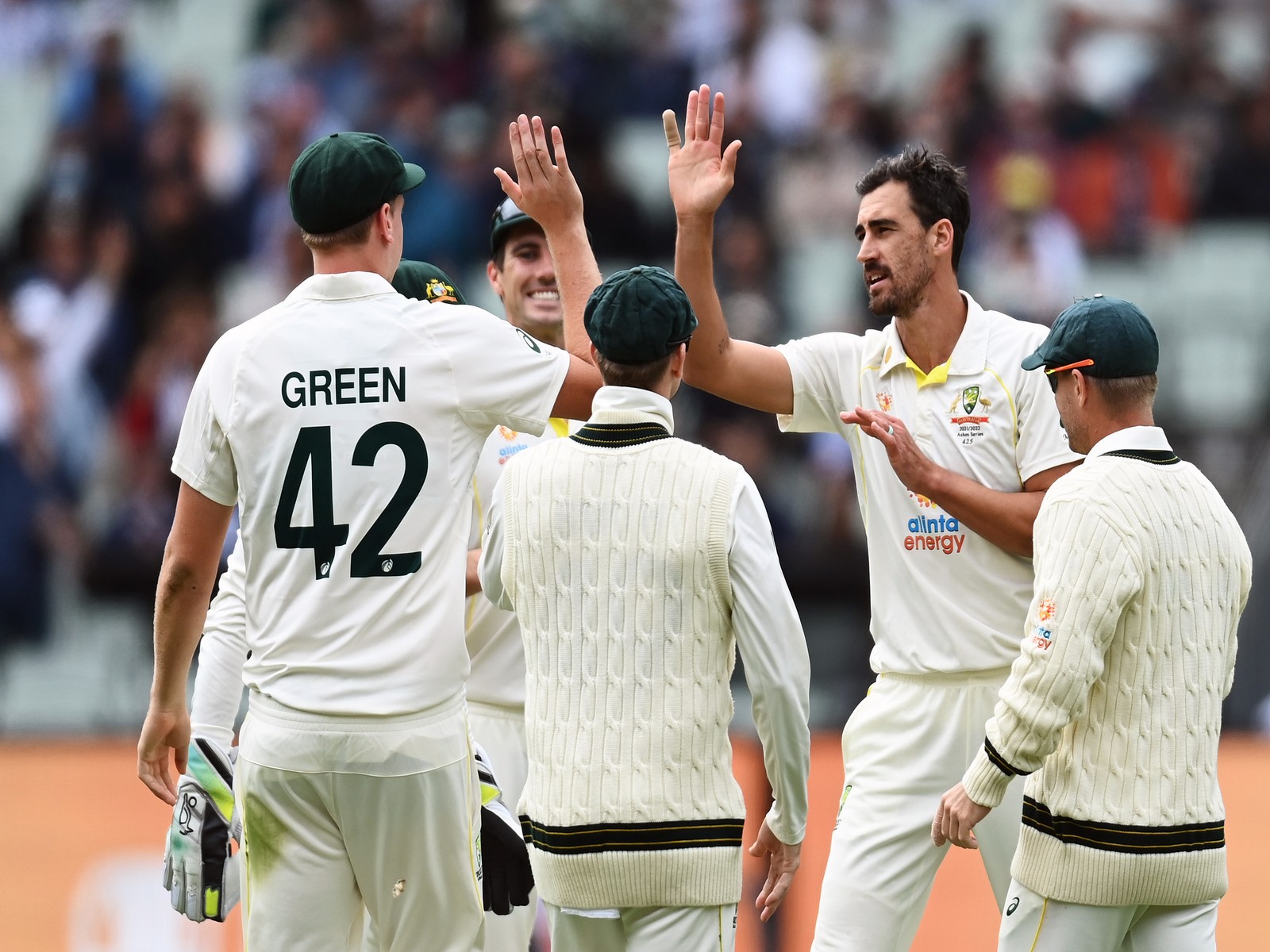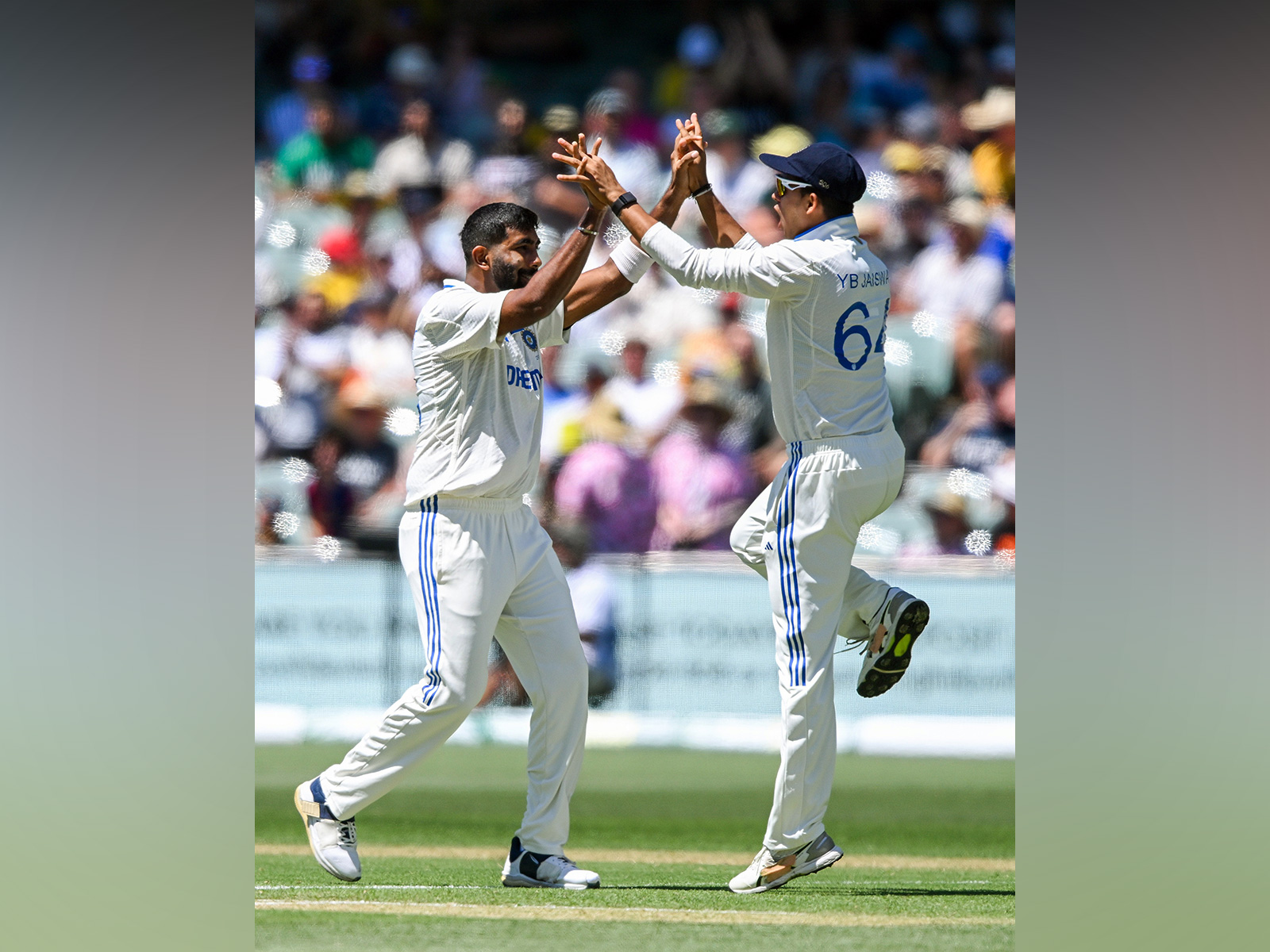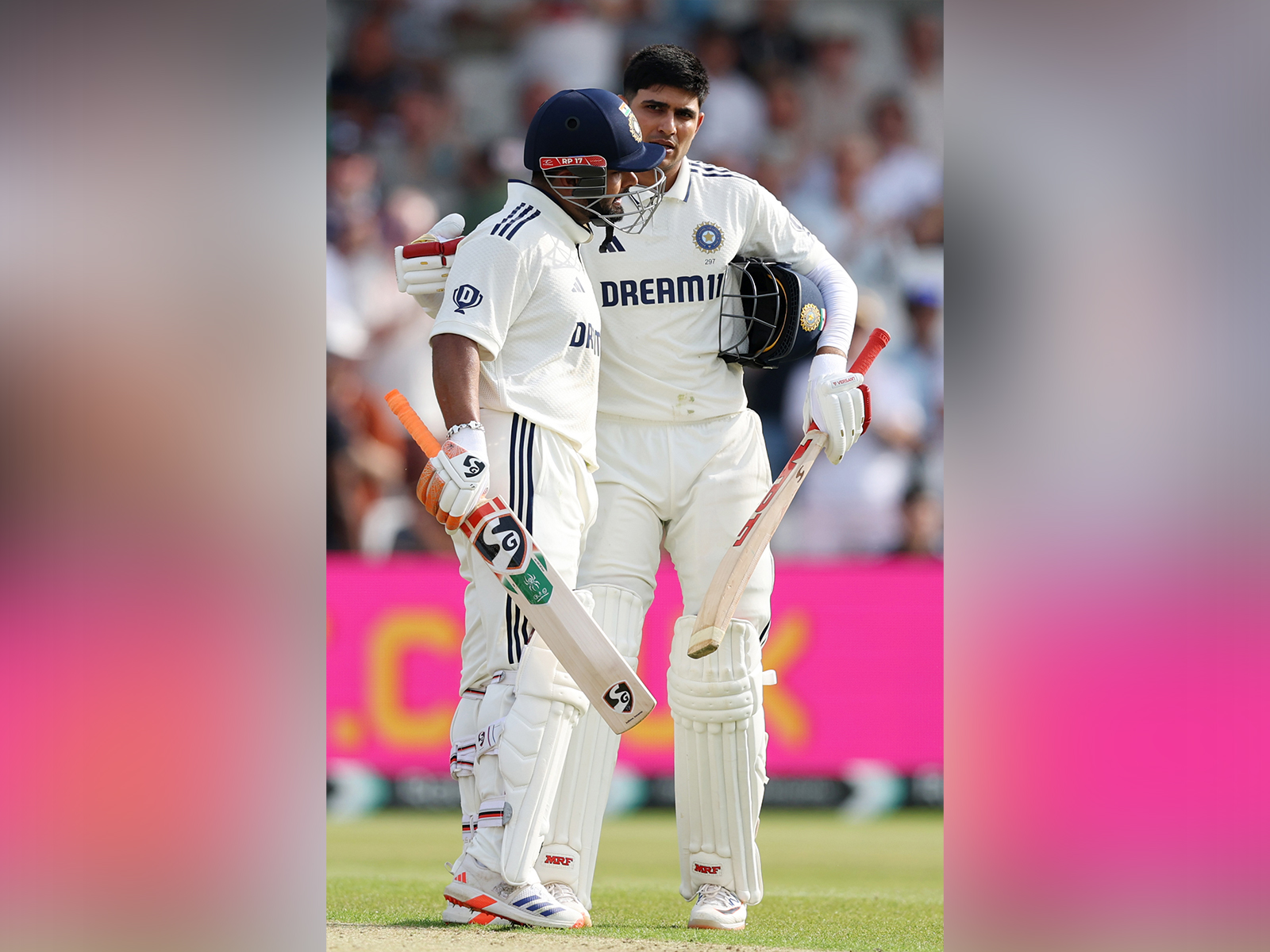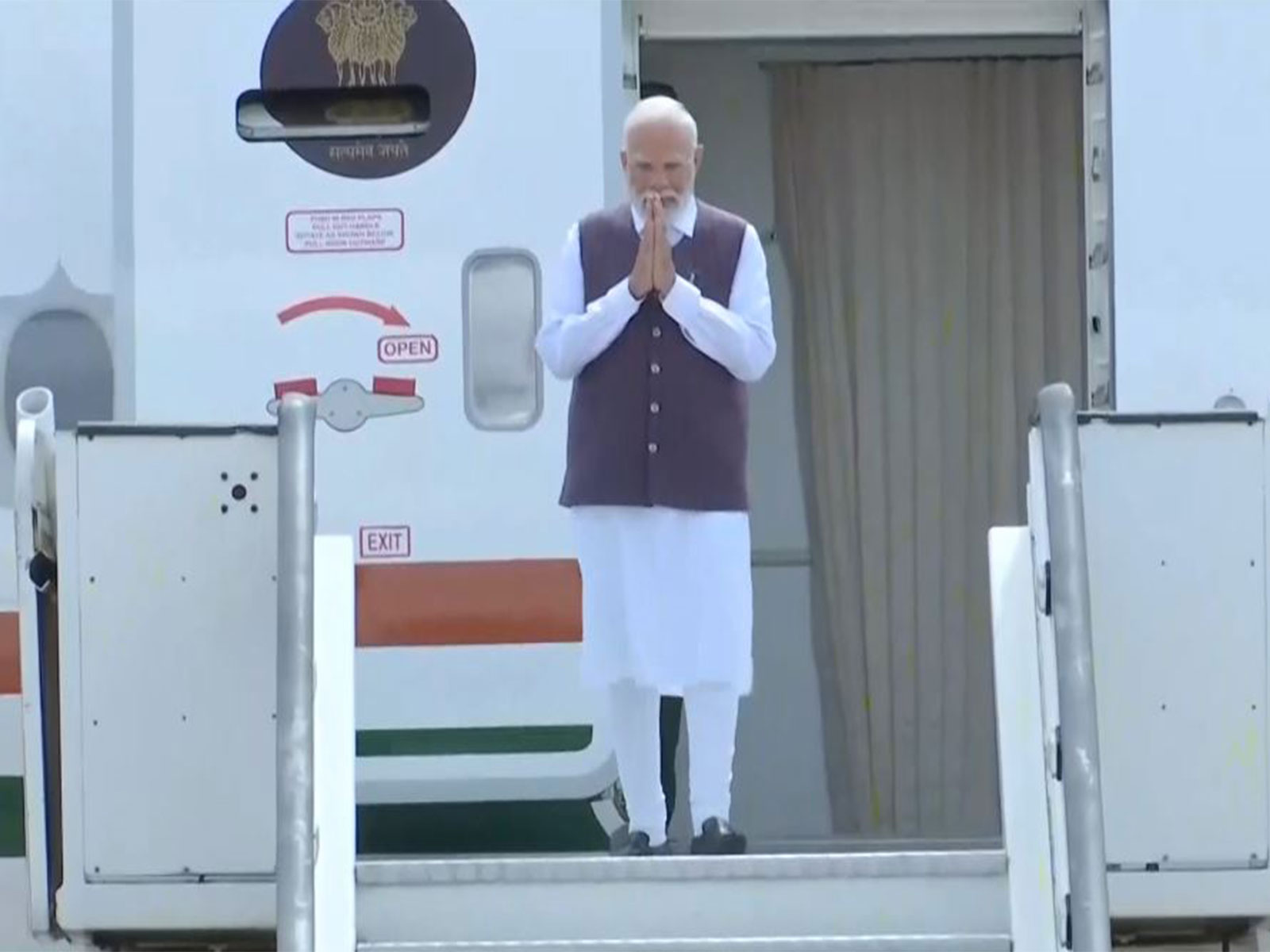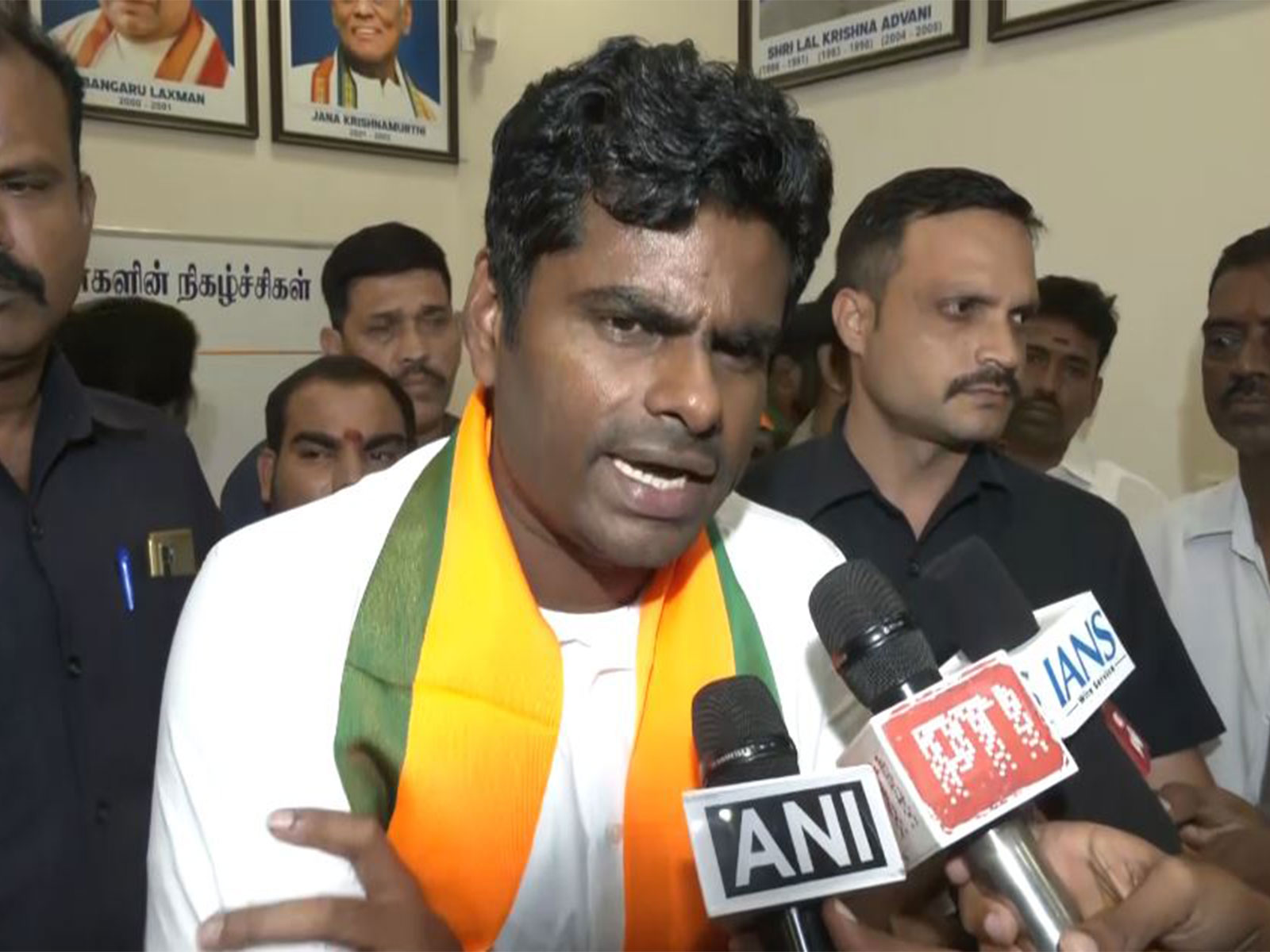
Shoes too heavy: Team India's number three conundrum following move-on from Pujara
Jul 15, 2025
New Delhi [India], July 15 : Team India endured one of their most heartbreaking Test defeats in a while at Lord's. Despite a magnificent fightback by all-rounder Ravindra Jadeja with some partnerships with all-rounder Nitish Kumar Reddy and tailenders Jasprit Bumrah and Mohammed Siraj, all it took was a delivery, perfectly middled by Siraj, spinning back to the stumps after landing on the pitch to break a million of hearts and once again have the public asking, "What it could have been?".
Following the loss, numerous issues and situations were identified as reasons for the defeat. Be it the poor performance by top-order, Rishabh Pant's shocking run-out before first session end on day three, a total of 63 extra runs conceded, skipper Shubman Gill discussed them all one-by-one during the post-match media presser. However, the absence of a rock-solid number three is a reason that has went unnoticed.
For the better part of the 2010s, Team India had the luxury of having Cheteshwar Pujara acting as a wall at number three. His tireless grind, almost-unbreachable defence and determination made up for the lack of variety in shot selection and mentally disintegrated bowlers. He made them sweat buckets, hit the surface relentlessly, and pray, but to no avail. He would do the heavy damage, without the sky-high strike rates ot today, with very little flamboyance and aggression in his shots, just pure skill and the hunger to "bat, bat and just bat".
For 94 Tests as a number four, he made 6,529 runs at an average of 44.41, with 18 centuries and 32 fifties. His best score was 206*. He was the natural successor to Rahul Dravid's coveted spot, with the legend scoring 10,524 runs in 134 Tests at an average of 52.88, with 28 centuries and 50 fifties.
However, once Pujara's form and fortunes dwindled and the team decided to move on from him post the ICC World Test Championship (WTC) final loss to Australia in 2023, India have not been able to find a replacement that would nail the role as perfectly as him, irrespective of the part of the world, playing conditions and bowlers.
Young Punjab player Shubman Gill, who had been battling a run of inconsistent form as an opener, was given the high-pressure spot. During the away series against West Indies and South Africa, he managed scores of 6, 10, 29* (vs WI) and 2, 26, 36 and 10. The pattern of throwing away wickets after solid starts continued for the youngster, infuriating the fanbase and experts alike who rated him highly technically.
A fine run during the home season against England, Bangladesh and New Zealand, though, made it seem that Gill had done the selectors justice with his performance. In the nine matches at home, Gill scored 760 runs in 17 innings at an average of 50.66, with three centuries and three fifties. Critics had been silenced, it seemed. But a bigger Test in Australia awaited him, where the famed pace quartet Mitchell Starc, skipper Pat Cummins, Josh Hazlewood and Nathan Lyon ruthlessly hunted for wickets, asking even the most seasoned batters, the toughest questions with their deliveries.
Gill missed the first Test at Perth due to injury, with left-hander Devdutt Padikkal being given a chance to prove himself after a fifty on debut against England last year at home. In the first innings, Padikkal was barely looking for survival, scoring a timid 23-ball duck before falling to Hazlewood. While he made a 71-ball 25 in the second innings and showed a bit of heart, it was still not enough to displace Gill.
A pink ball awaited Gill on his return to the Test at Adelaide. While the youngster handled the different movements, lacquer and challenges of the pink-ball better than most, his scores of 31 and 28 were once again wasted opportunities for a batter too talented for it. He followed it with a score of one at Brisbane.
Skipper Rohit Sharma slotted himself in at the top after a poor middle-order outing in previous two Tests and this time, KL Rahul was the latest lab-rat of this "number three experiment". The Karnataka batter, who had long history of change in his batting position, struggled with his new role, scoring 24 and 0, falling to Cummins. KL returned back to his usual opening slot at Sydney for the final Test, giving Gill another chance at three, but he returned back to pavillion with underwhelming scores of 20 and 13.
His tendency to give away wickets after solid starts bit him as he lost his number three spot after the Australia series, ending his stint at the spot with 1,019 runs in 17 Tests, 30 innings, an average of 37.74, with three centuries and three fifties, and none of them outside home.
Ahead of the start of a new WTC 2025-27 cycle, legends Rohit Sharma and Virat Kohli announced their retirements from whites. This caused a vacancy in the opening slot, filled up by Rahul, while number four position once occupied by Sachin Tendulkar and Virat went to the 'Prince' who was so long hailed as the heir to the throne of the 'King Kohli'.
Amidst this transition, domestic veteran Karun Nair, who had back in 2022 asked cricket for "one more chance" on his X handle, earned his way back into the team as a number four following a dream season for Vidharbha. Also, the 2025 Indian Premier League (IPL) Orange Cap winner with 759 runs, Sai Sudharsan, was looked on as a contender for the number three slot, given his solid technique, variety of shots and composure.
During the Leeds Test, Sudharsan performed poorly at number three, returning with scores of 0 and 30. Nair, initially slotted in as number six, was given a chance at number three in the next two Tests, and he responded with scores of 31 and 26 at Birmingham and 40 and 14 at Lord's. Much like his international career, the promise and class failed to translate into consistency.
Since the team moved on from Pujara, Team India has used Gill, KL, Padikkal, Sudharsan and Nair at number five within 20 Tests. In fact, these options have been tried within a space of seven Tests, spanning from the Perth Test against Australia to the present.
During these 20 Tests, these "number three experiments" have scored 1,209 runs collectively at an average of 32.67, with three centuries and three fifties, all hit by Gill and none of them outside home.
Will Team India continue backing Nair at number three for the rest of the series? Will Sudharsan earn a recall? Or will a more left-field option like Washington Sundar and Dhruv Jurel be tried in the coming two matches?
